11 Types of Portrait Photography You Should Know
Today, we’re going to guide you through the main forms of portrait photography. It’s one of the oldest genres and remains one of the most popular types of photography. But there are many different styles of portrait you can experiment with, so you’ll go through some of the top types of portrait photography in this article.
Portrait photography is about capturing people and their personalities. But a portrait is more than just a snapshot of a person. It’s a study of their personality, revealing deeper layers of that person’s persona. A good portrait is captivating, teaching you something about the subject yet leaving you wanting to learn more.
From headshots to conceptual images, we look at the most important types of portrait photography you need to know.
 © Taya Ivanova
© Taya Ivanova
11 Types of Portrait Photography
Here are 11 types of portrait photos you should know!
1. Traditional Portrait Photography
A traditional portrait often depicts the subject looking at or just to the side of the camera. Classic portrait photography is posed rather than candid.
Traditional portraits usually come to mind when thinking about the portrait genre. This type of image has been around for a long time. But it remains popular because combining poses and studio lighting creates flattering images.
Photographers usually shoot conventional portraits in a studio with a formal photography backdrop. But they can also take place in other locations, often somewhere relevant to the subject.
This genre also tends to favor the most traditional portrait composition. This means the head-and-shoulders crop rather than a full-body portrait. But wider shots can also be used to incorporate more of the subject or their environment.
One of the great things about traditional portraits is that you have total creative control. You have time to set your scene, pose the subject, and compose your shot. You can change and tweak any little detail, allowing you to capture knock-out portraits in the classic style.
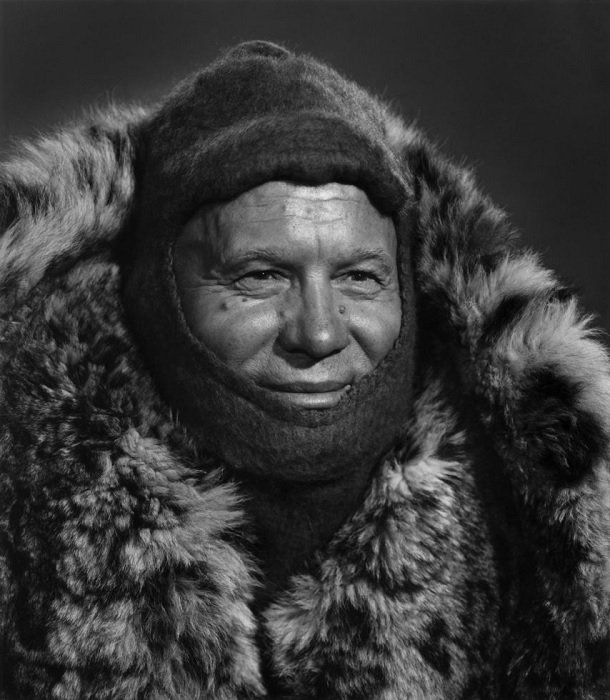 Nikita Khrushchev by Yousuf Karsh
Nikita Khrushchev by Yousuf Karsh
2. Headshot Portraits
Headshot photography is one of the common forms of professional photography for portrait artists. It’s professional in that shooting headshots can be a good earner, and because the subjects usually use the images for professional purposes.
Actors needs a good selection of headshots to send to casting agents. And business professionals need headshots for resumés, business platforms, and marketing materials.
Most headshots tend to follow a classic formula using a three-light setup. This perfectly illuminates the subject’s face, so there are no harsh shadows or uneven areas. And a single-color photography backdrop removes any distractions.
The composition is usually a traditional bust portrait, capturing the subject’s head down to their shoulders. The eyes should sit two-thirds of the way up the frame, and the model is usually looking directly at he camera. It’s easy to achieve with the right headshot photography lens.
A gentle smile is a common pose, but some prefer a more serious look. Actors also like to do a wide range of facial expression to demonstrate their range.
 © Trevor Marshall
© Trevor Marshall
3. Self-Portraits
Everyday smartphone selfies give the self-portrait a lousy reputation. But when done well, self-portraits can be gorgeous images that explore the self and our own personas.
Photographers use the more elaborate term “self-portrait” for a profound portrait. A selfie is a quick snapshot. Self-portraits need insight and planning. These images are an expression of something deeper than just us looking good.
Beyond holding a smartphone out at arm’s length, taking a great self-portrait isn’t easy. Using a mirror is one way to take a self-portrait with interesting results. But a tripod is a self-portrait photographer’s best friend.
Using a tripod and a remote shutter release, you can properly set your scene and pose for the camera. This gives you far more creative freedom, allowing you to compose your images however you wish. You can do traditional portraits, headshots, or something more conceptual.
Focusing can be tricky, as you can’t properly focus from your posed position. It’s best to put an object in your place while you compose the shot, then swap yourself for the object when you’re ready to shoot. Then you click the shutter remote and you have your self-portrait.
Self-portrait artist Natalia Seth shows us how it done in this Instagram post.
 © Taya Ivanova
© Taya Ivanova
4. Environmental Portrait Photography
Environmental portraits incorporate more of your subject’s surroundings. They usually have a wider composition, and don’t always stick to the traditional portrait style.
By using the environment, you can say more about your subject. You can use visual clues to tell the viewer things about who they are and what they do. That’s why environmental portraits of shot on location in places of significance, like the subject’s place of work.
That location could be a home, office, or favorite outdoor place. Or if you photograph a dancer, it could be a ballet studio.
While the location is essential, environmental portraits can still incorporate posing techniques. It doesn’t have to be candid, and you can do as much set preparation as you need to. The photographer sets up a pose and lighting, like in the case of traditional portraits.
The posing, lighting, person, and background work together to create an environmental portrait.

5. Candid and Street Portraits
You don’t plan candid portraits. They are a blend of environmental portraits and street photography. There’s no posing or set dressing. Everything is done on the fly. You don’t even need a dedicated model, you can take pictures of strangers in the street.
Photographers don’t have to photograph strangers to take a candid portrait. But candid portrait photography doesn’t involve direction from the photographer. Street photographers often take candid portraits of the people they meet. There’s usually no setup.
The light, environment, and other factors create a spontaneous photoshoot. Qualities of candid photography can influence different genres. Some photographers use a mix of posing and prompts to encourage candid moments.
 © Maria Benitez
© Maria Benitez
6. Fine Art Portrait Photography
The fine art portrait genre is controversial because it’s hard to define. Artists debate what classifies something as fine art. Fine art portraits can include any type of human subject, and photographers can use different styles and techniques.
Artists often use visual techniques to make their images pleasing to the eye. The characteristics of fine art portraits come down to context, concept, and storytelling.
Jovana Rikalo is a great artist for fine art portraiture inspiration. She creates her own universe. And you, the viewer, get to decide the narrative and context of her characters.
The secret to fine art portraits is to get creative. Try out-of-the-box photography techniques that make sense in your head!
 © Jovana Rikalo
© Jovana Rikalo
7. Glamor and Boudoir Portrait Photography
You could think of a glamor portrait as a beauty portrait. The beauty of the subject is in the focus of glamor photography. It often involves planning the wardrobe and using professional makeup artists.
Glamor photography is also sensual. It’s designed to highlight a woman’s beauty, sometimes in lingerie or nude. Glamor and fashion photography often have a similar feel. But glamor still emphasizes the person, not what they are wearing.
Boudoir is a similar but not identical type of portrait photography. Glamor photography often takes place in different locations, including outdoors. But as the name suggests, boudoir photos occur in a bedroom or home.
Boudoir celebrates sensuality, too. Women and men often book a boudoir session to give these photos to their significant other. Sometime people book boudoir shoots to improve their self-esteem and to feel empowered.
Boudoir photography isn’t just about sexual poses and lingerie. It’s about using sexuality to create enticing and visually exiting portraits.
 © Ian Cucristi
© Ian Cucristi
8. Conceptual Portrait Photography
Conceptual portraits capture an idea or concept within a portrait image. Conceptual photographers often use props, settings, or photo manipulation to achieve that concept.
Because conceptual photography encompasses an idea, the possibilities are endless. Levitation, perspective manipulation, makeup, or wardrobe tricks are common. Photoshop stunts and post-processing are part of this concept.
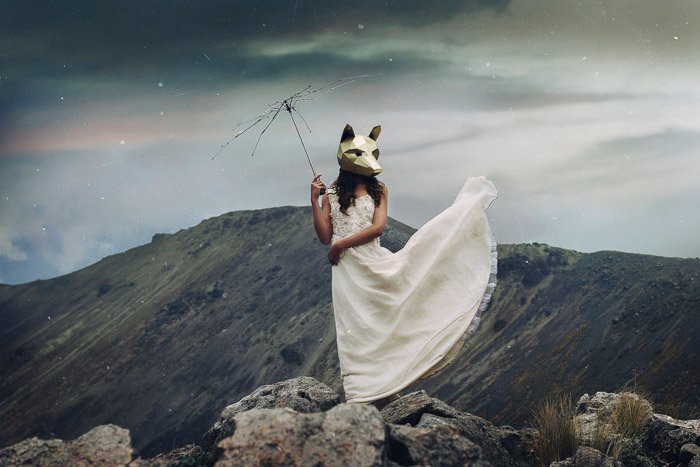 © Johnathan Emmanuel Flores Tarello
© Johnathan Emmanuel Flores Tarello
9. Surreal Portraits
Surrealism is an artistic style that feels dreamlike. This style can apply to portrait photography as well.
You can’t photograph something that doesn’t exist. That’s why surreal portrait work often involves Photoshop. You can also create scenes with props, wardrobe, and other photo tricks.
A surreal portrait turns dreams into real photos. That’s tough to do. But the results are often stunning when done well.
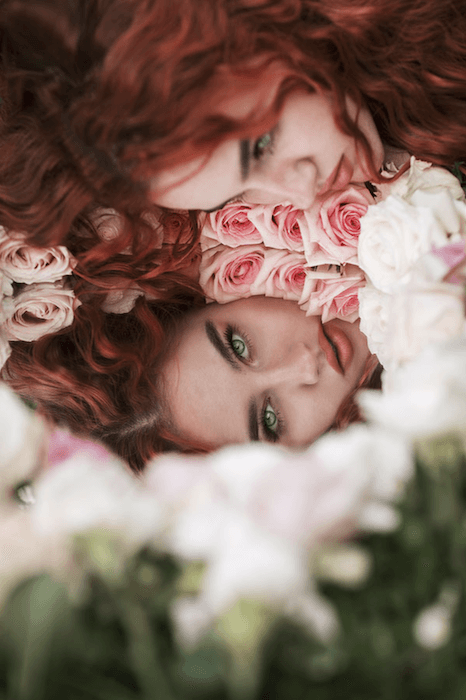 © Jovana Rikalo
© Jovana Rikalo
10. Couple, Family, and Group Portraits
A portrait isn’t always a single person. Photos of couples, families, and other groups are still portraits.
Taking portraits of more than one person is often harder than portraits of an individual. You have more people to pose and interact with within the photograph. Communication is key.
With more people, you can also capture genuine interaction. You can’t achieve this with a single person.
Portraits of groups can still fall under other sub-genres, too. Lifestyle photography, for example, is a popular genre for family photography.
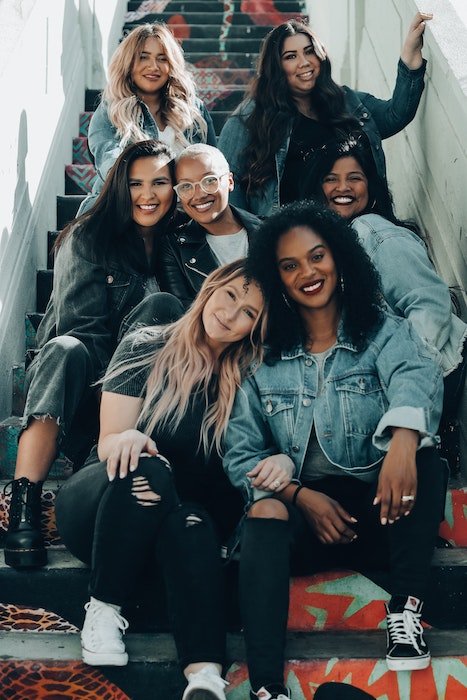
11. Lifestyle Portrait Photography
Lifestyle portraiture is the polar opposite of traditional portraits. Yes, it’s still a portrait of a person (or many people). But lifestyle portraits capture people in an everyday environment, often doing ordinary things.
This photographic genre works in an environment familiar to the subject instead of a studio. For example, you can take lifestyle portraits in someone’s home. Lifestyle portraits aren’t posed in the traditional sense.
A lifestyle photographer often has a limited time frame to capture a series of portraits. Plus, lifestyle photographers will usually direct the subjects. For example, they may ask siblings to jump on a bed or ask a family to give each other a group hug.
Clients that choose lifestyle photography like the genre because it resembles real life. Lifestyle family photography also captures the interaction between family members. This way, you can create some touching memories.
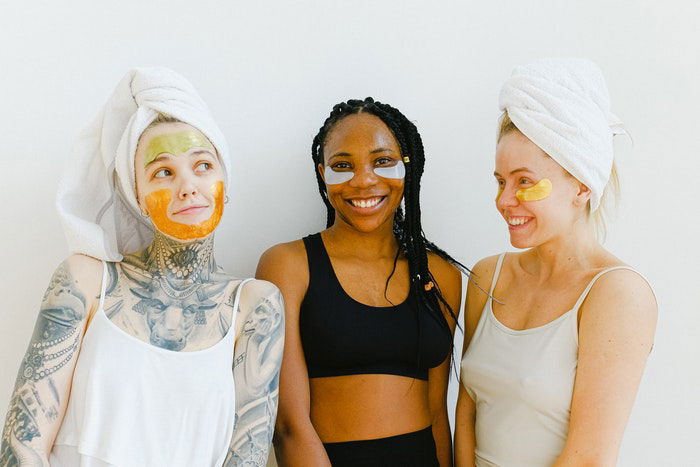
Conclusion: Types of Portrait Photography
Portrait photography captures people and personalities. Every person is different and we love engaging characters, which is why people are still drawn to portraits and portrait photography.
The best way to understand different types of portrait photography is through practice. Go through the techniques covered in this article and see what excites you most.
Get to know the person you take photos of! See what your subject is like and which genre fits the person. You’ll capture better portraits that represent the subject in their best light!
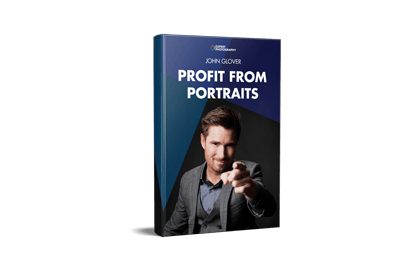

If you buy a product through one of our referral links we will earn a commission (without costing you anything). Prices last updated on .
As an Amazon Associate, I earn from qualifying purchases. Product prices and availability are accurate as of the date/time indicated and are subject to change. Any price and availability information displayed on Amazon at the time of purchase will apply to the purchase of this product.
By accepting you will be accessing a service provided by a third-party external to https://kendallcameraclub.org/